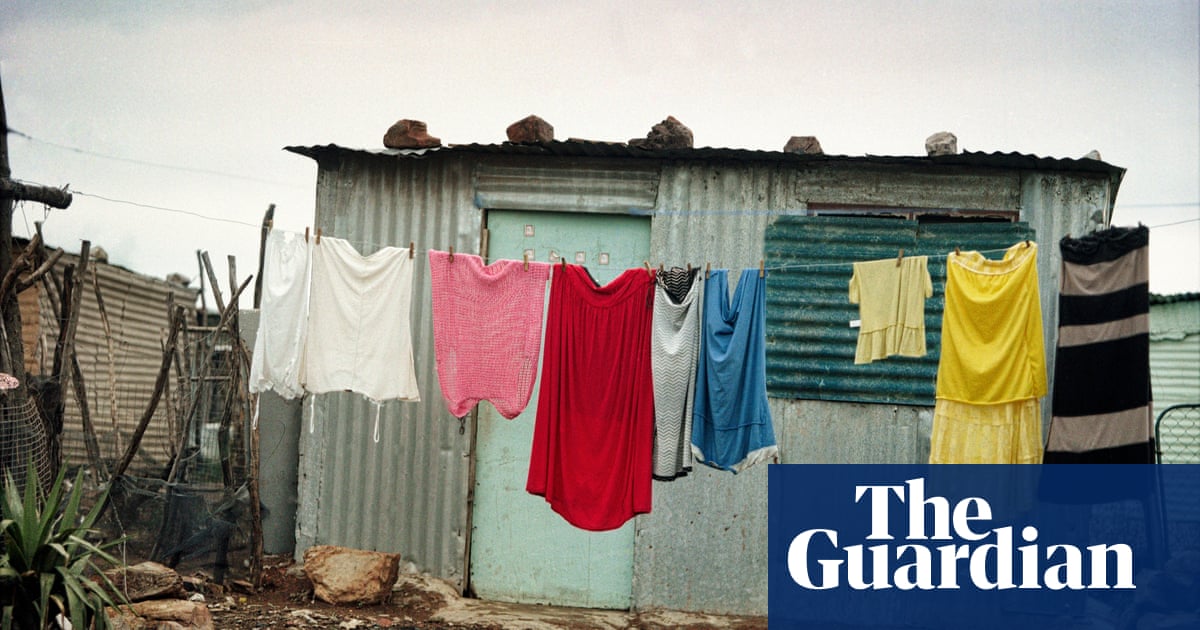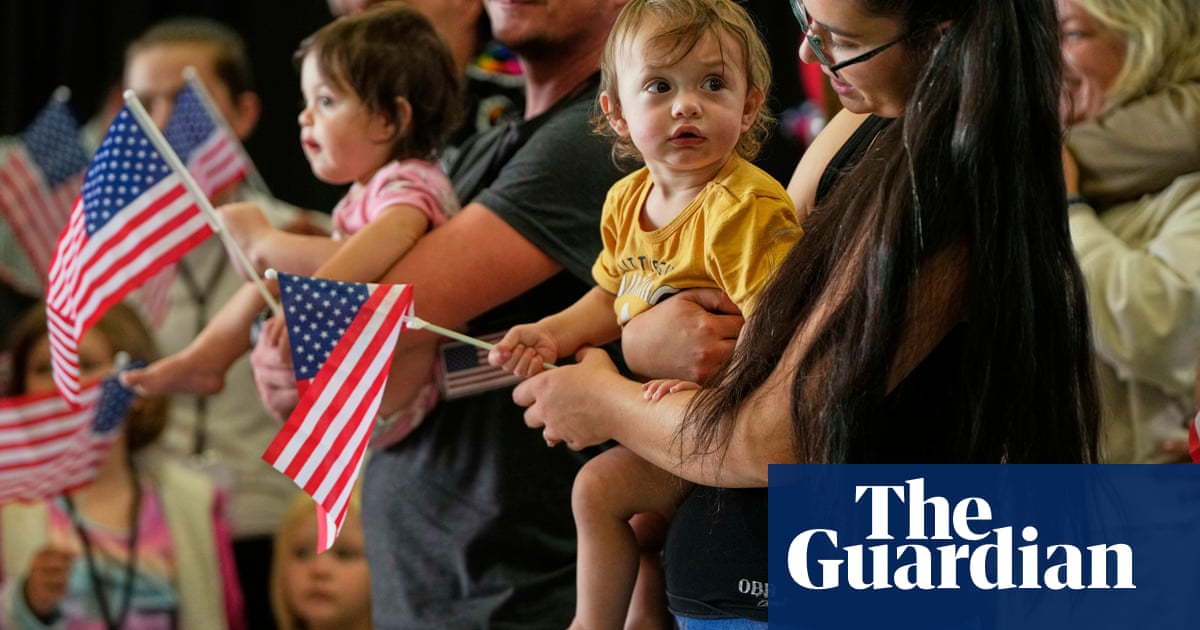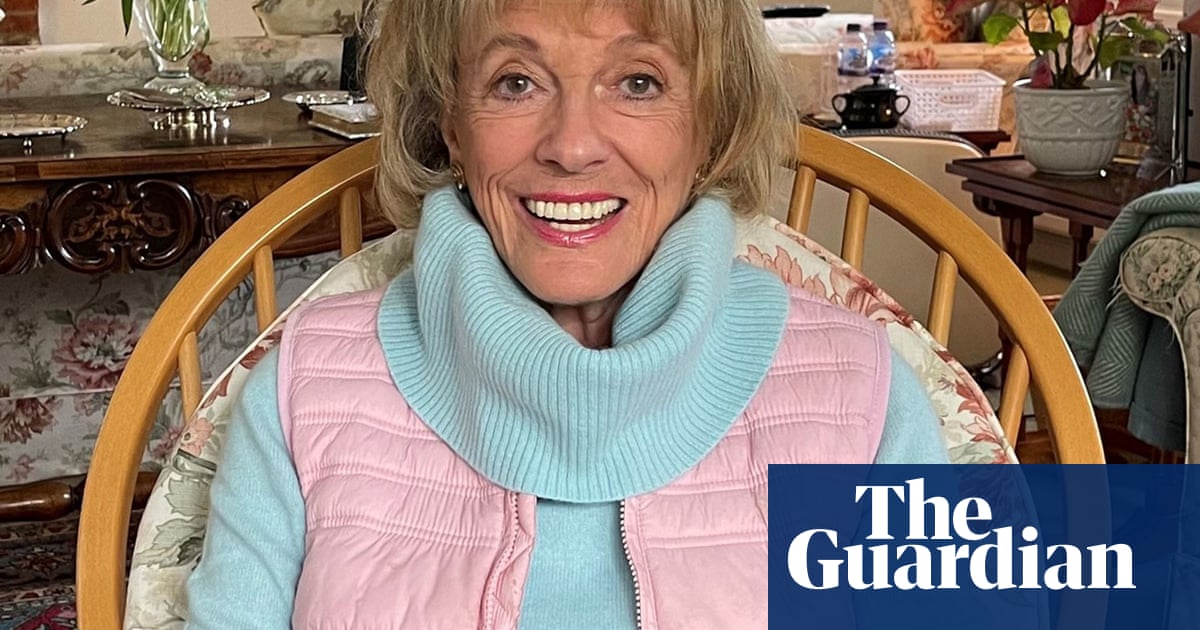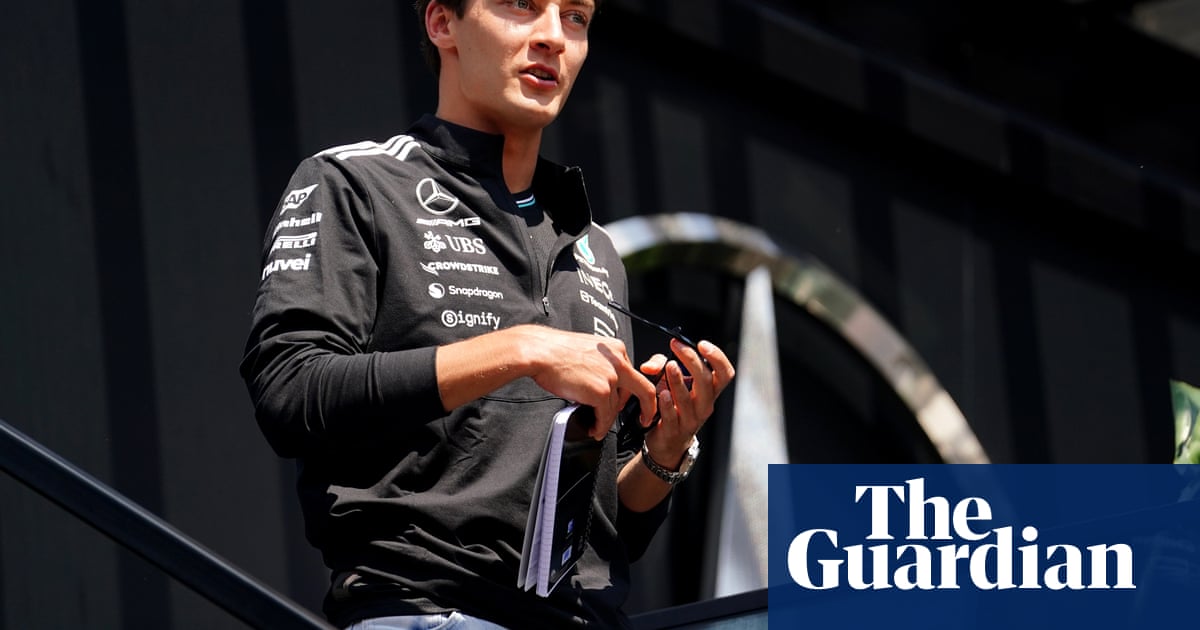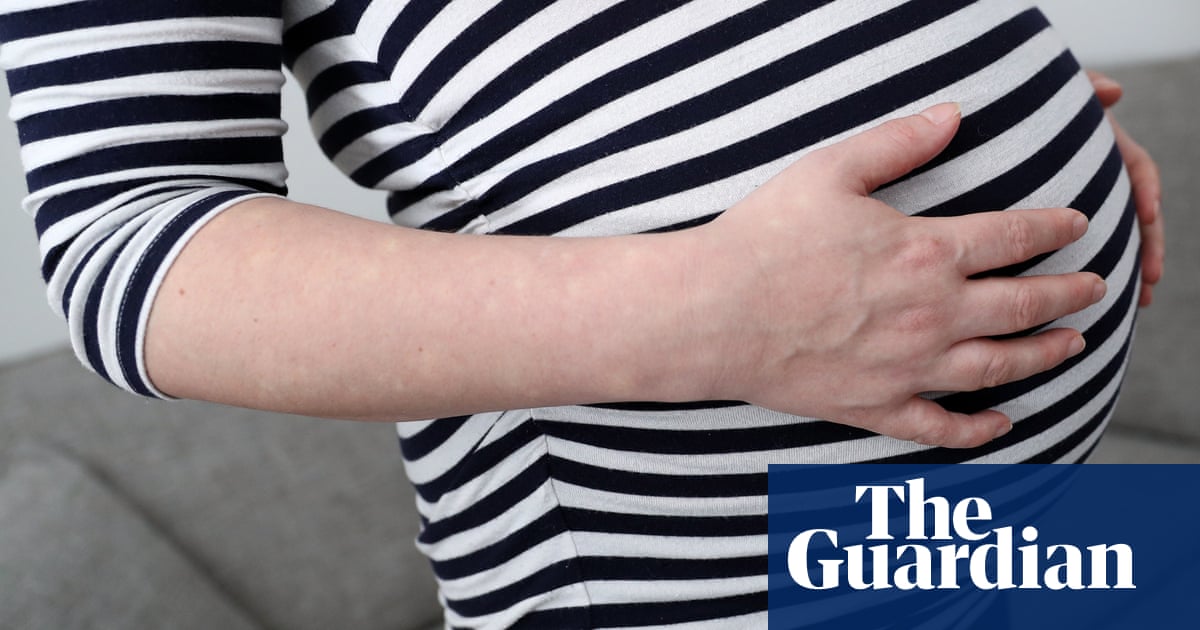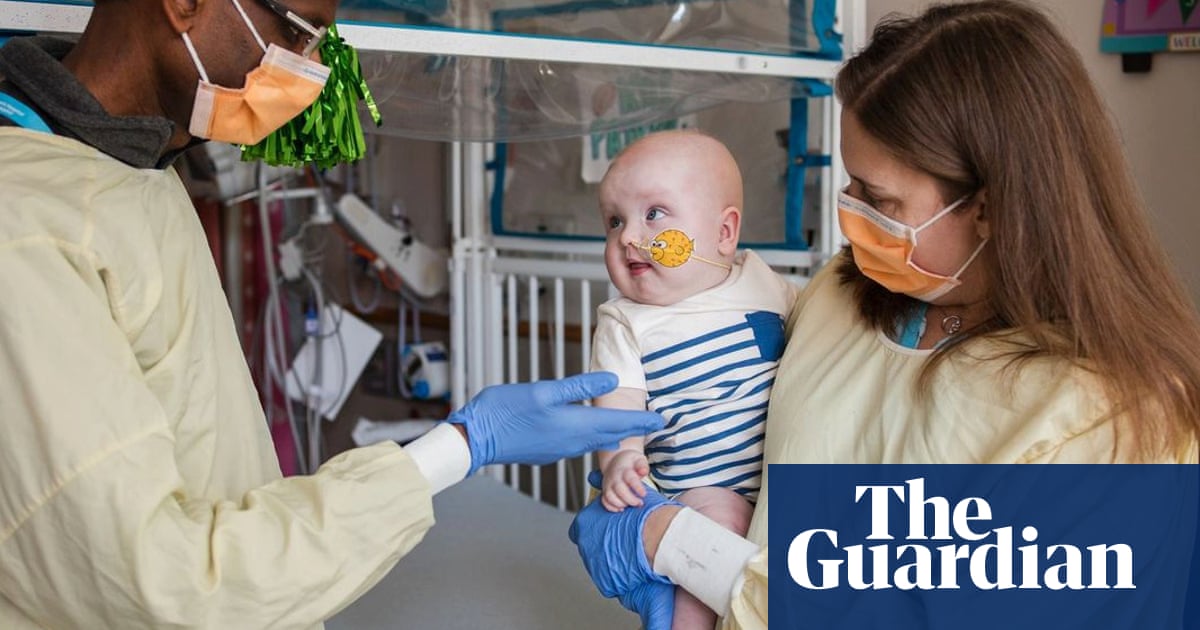“They lose the cat, they find the cat again, they fall in love and then they get a baby.” This is how Clementine, four-and-a-half, summarises The Truck Cat, a picture book by children’s author Deborah Frenkel and illustrator Danny Snell.
On Wednesday 21 May at noon, more than one million children across Australia will read The Truck Cat in over 9,000 locations, including schools, libraries, homes and hospitals. It’s the 25th instalment of the annual National Simultaneous Storytime, run by the Australian Library and Information Association (Alia). Last year’s event saw 2.3 million people take part; this year, participants are registered from countries as far away as Albania, Lithuania and Italy.
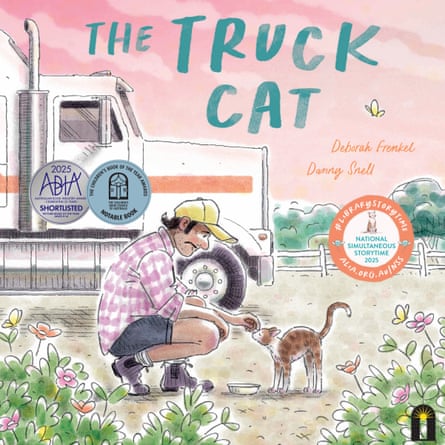
“It’s mind-blowing, really … it’s hard to get your head around how big it actually is,” Snell says of having his book chosen for the event.
The Truck Cat is the story of Tinka the cat, who travels with Yacoub, a truck driver and recent migrant who feels misunderstood in his new home. When Tinka chases after a butterfly, he and Yacoub are separated. Their journey back to each other brings them love and a newfound sense of belonging, in the form of a baker named Mari.
With graphic novel-style panels in pastel tones, it’s a gentle story about immigration, identity and kindness.
“Reading together builds community and literacy,” says the CEO of Alia, Cathie Warburton. “We hope that children and their caregivers find that the book is a great way to start important conversations and grow together.”
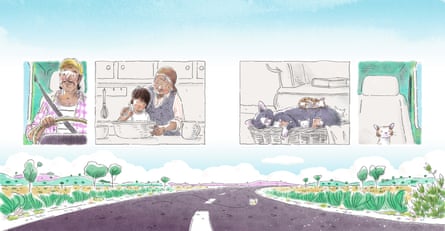
The popularity of National Simultaneous Storytime reflects an appetite for shared reading experiences in a turbulent time for literacy rates, with the most recent Naplan results revealing one in three Australian children are not proficient in literacy.
The Truck Cat appeals to young readers for various reasons. Tinka the inquisitive little tabby cat and Yacoub’s B-double tri-axle truck are popular with many, as are Snell’s textural illustrations, which appear hand-painted. Feyza, nine, says, “I like this book because it reminds me of how I have two homes. A mummy home and a daddy home … [And] I have two amazing cats.”
Frenkel says every young reader wants to talk to her about their own pets: “I’m hearing a lot [about] … the various exploits of everyone’s cat and dog.”

The inspiration for the book was a days-long road trip from Melbourne to Sydney that Frenkel made with her small children, stopping at “what must have been every possible truck stop on the Hume Highway”.
“It gave me a good opportunity to notice the truck drivers … there’s so many of them,” she says.
A few months later, a neglected cat showed up at her back door, injured from a fight. Without a cat carrier, Frenkel planned to hold the cat tight while her husband drove to the vet, assuming the cat would be quite distressed in the car. “But the cat suddenly became really relaxed and started purring on my lap. My husband said, ‘He’s like a cat that belongs to a truck driver’ – at which point I was like yep, that’s a picture book.”
The Truck Cat is also informed by Frenkel’s family history, as the granddaughter of Polish Jewish survivors of the Holocaust who arrived in Sydney in 1947. Their transition towards feeling at home in a new place is echoed in Yacoub’s experience, and Frenkel was conscious that many young readers and their families might have similar stories. “[H]ow do you find your way home when you’re in a strange new place?” she ponders in the book’s endnote. “I discovered one answer in Tinka, the truck cat – because cats are very wise.”
The Truck Cat is broadly relatable in other ways, too. “This book isn’t just about cities, it’s not just about a particular place, it’s literally about the entire country,” says Frenkel. “It’s really nice that a book that is kind of about travelling around, is itself travelling around the country.”
-
National Simultaneous Storytime takes place on Wednesday 21 May at noon; registration is free. The Truck Cat is out through Hardie Grant ($24.99)

 5 hours ago
6
5 hours ago
6


